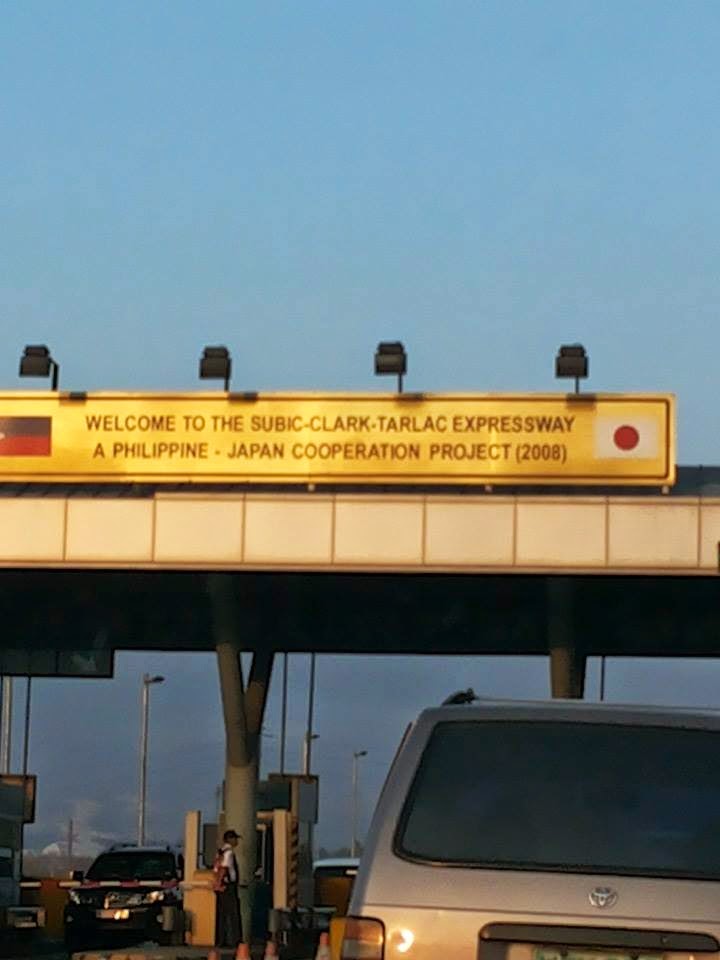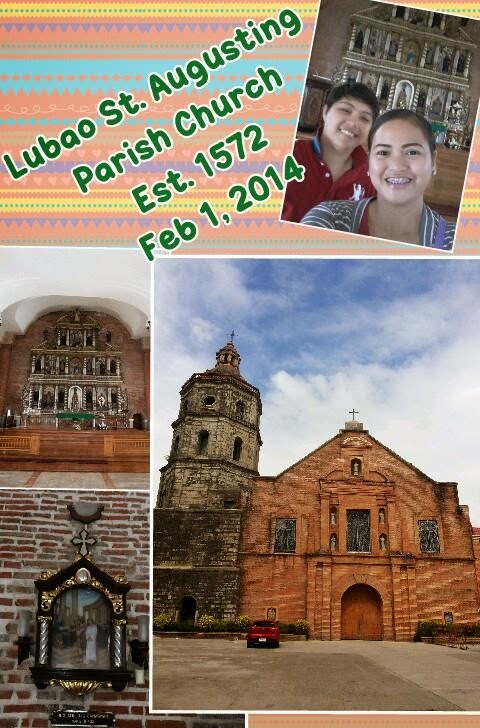Travel Dates: February 23, 2014
Travel Buddies: Karen, Tito Lav, Tita Fe, Tita Lisa, Tita Zeny, Audrey, Adrian and cousin
A visit to the Monasterio de Tarlac of the Servants of the Risen Christ (SRC) Monastic Community, founded by Fr. Ronald Thomas Cortez in 1998. Monasterio de Tarlac is where the Relic of the Holy Cross can be found. It is rightly placed atop a mountain at San Jose in Tarlac, surrounded by lush greenery, in great contrast to the deathly Calvary which is believed to be where Jesus was crucified. And on this site in the monastery, pilgrims flock to venerate the “one true cross” and to celebrate the resurrection of Jesus Christ.
It was a surreal feeling to be attending a 2 hour long mass and yet feel so focused. For once in your life you will feel so blessed and really talking to God. Could it be the presence of the "one true cross" in the not so big chapel of the Monasterio. You will notice that the priests of the Servant of the Risen Christ Monastic community unlike other priesthood orders (in my opinion) are really serving. They are the ones fixing the chairs, members of the choir, clearing the table, etc. Things that you would see the sacristans doing. The words of the officiating priests would really be touching your hearts be it because of the relation to your family, personal, work, love life or even your relationship with people and God.
Some background about the Monasterio
The relic authenticated by a papal seal is believed to be part of the cross discovered by Saint Helena in Jerusalem, the mother Emperor Constantine the Great. It was believed that Saint Helena excavated three crosses in Jerusalem, which were believed to be the crosses used during the crucifixion of Jesus Christ. She brought a woman who was about to die and asked her to touch the first two crosses but nothing happened. When the third cross was touched, the dying woman was healed.
On January 30, 2007, the sacred relic of the Holy Cross was enshrined in a beautiful chapel on the Mountain of Resurrection in San Jose, Tarlac. The enshrinement was officiated by Archbishop Fernando Filoni who was the Papal Nuncio to the Philippines back then. The relic is enshrined beneath the chapel’s altar, held by a golden arquetta adorned with religious symbols. Pilgrims are allowed to touch the relic after the masses celebrated at 10:30 a.m. every day and at 3:00 pm on Sundays.
How to Get There
To get to the monastery, guests can take the NLEX (North Luzon Expressway) from Manila to SCTEX (Subic Clark Tarlac Expressway) and exiting at Hacienda Luisita. Taking MacArthur Highway, proceed to Tarlac City and turn left after Sogo Hotel and before SM. Follow the road leading to Brgy. Tibag junction, going to Monasterio de Tarlac at Eco-Tourism Park, San Jose, Tarlac. Guests coming from the north should head to Tarlac City where they will take a right turn going to Uniwide Mall. Following the service road and turning right to Carangian Bridge, guests will see markers leading to the monastery.
Source: Islands of the Philippines













